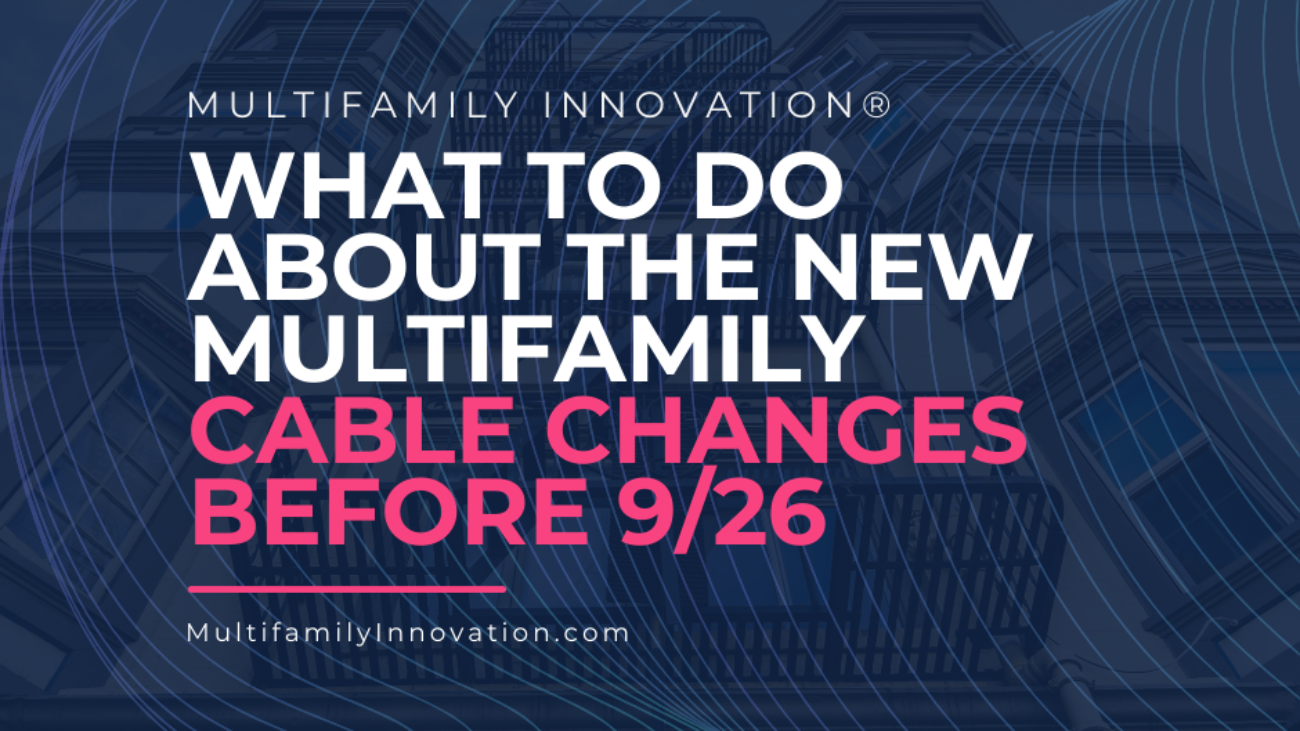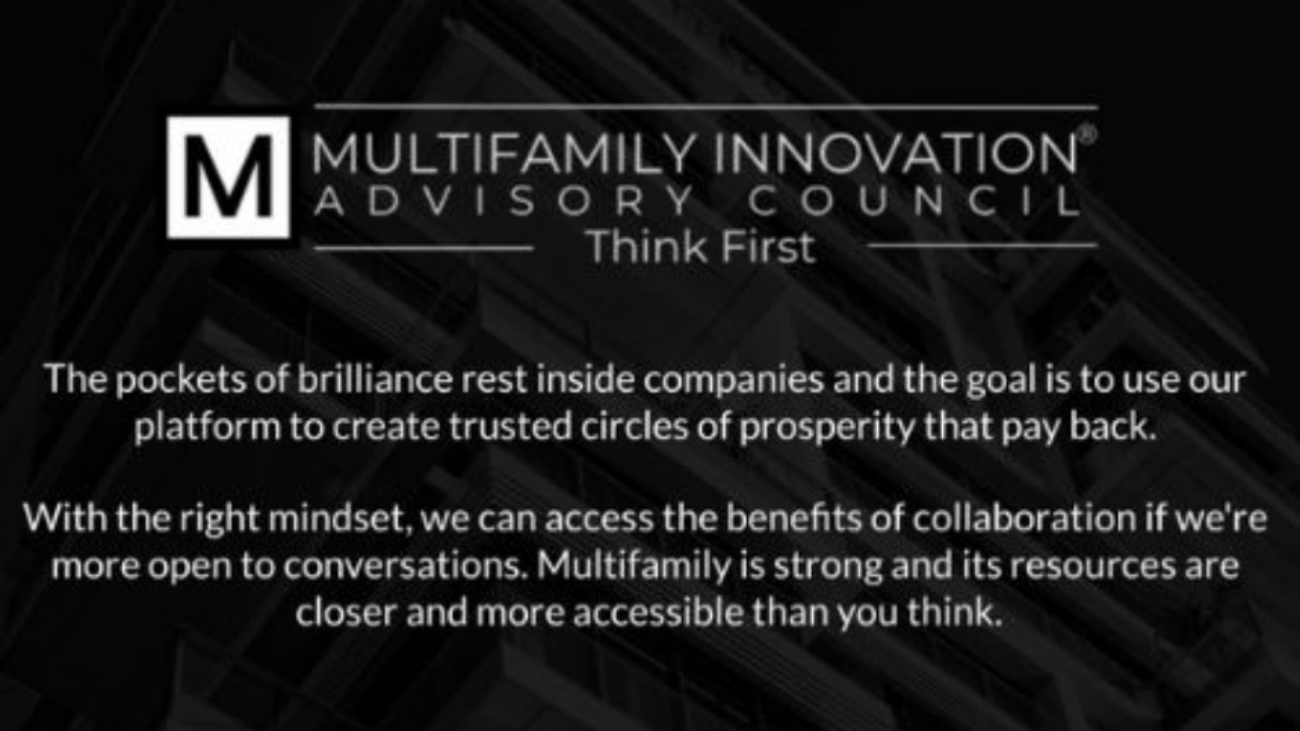
There is a large demand from residents for smart home tech in apartments. In fact, 57% of renters are willing to pay an extra $38 per month for access to smart technology.
Smart tech isn’t hard to implement into a multifamily property – IF you partner with the right provider, that is. It’s possible to install smart apartment technology across an entire multifamily property in as little as two weeks or less.
That’s within weeks – and no onsite staff will have to lift a finger.
Investors who are looking to buy will prioritize properties equipped with smart home devices, since it’s an easy way to modernize their portfolio. Do you really want to be left with an outdated property that can’t draw residents?
Smart home tech is no longer an optional investment – it's a must in today’s competitive housing market. The question now is which smart technology provider you should partner with.
Let’s explore 5 pivotal factors to consider when choosing a multifamily smart home provider.
Their Devices Are Designed for Multifamily
Multifamily smart homes are vastly different from the single-family homes that most smart tech companies aim to serve. Rather than purchasing a dozen smart light bulbs and some switches off Amazon, multifamily communities require hundreds of devices.
In multifamily communities, each apartment’s devices must communicate with each other while still functioning within a broader property ecosystem. This means single-family home devices repurposed for the multifamily space won’t cut it.

Smart tech preferences also differ between residents and property managers/owners. Residents want to control their devices from their phone like a single-family home user, while owners and operators need dashboard access to monitor device statuses across all apartments on property. To accomplish this, managers need unique software built to solve multifamily challenges.
A right provider will supply the devices a community needs along with the infrastructure to manage those devices, and those needs can’t be met with single-family smart home products.
They Use the Best Connection Technology
There are many aspects to the technology behind smart homes, but perhaps the most underrated aspect to consider when choosing a provider is which connectivity protocol they use. Z-Wave, Zigbee, and Wi-Fi are the current major protocols that allow smart devices to communicate with one another.
Although many smart devices can now connect directly to Wi-Fi, this isn’t practical when considering that owners and operators manage hundreds of devices that would all have to share limited bandwidth.

Both Zigbee and Z-Wave can connect easily and reliably with devices of the same type, which is a significant advantage over Wi-Fi devices. For example, this allows Zigbee devices to extend your network's range as long as they are within proximity of each other.
Between the two, Zigbee has the largest selection of compatible devices of the three and is faster than Z-Wave with a longer range. Meanwhile, Z-Wave is more flexible in terms of third-party compatibility. Z-Wave recently released a new version (LR) of their protocol to catch up with Zigbee, but it still has a very limited number of compatible devices.
If a supplier uses multiple connection types to weave together all of their devices, it gets complicated quickly. A great smart home provider will use the best technology available and stay consistent with one connection protocol.
They Offer Transparent and Flexible Pricing
There are two main costs owners must pay when investing in multifamily smart tech: upfront costs for hardware and subscription fees for device management software.
Most providers will charge reduced amounts upfront but make their money by charging higher monthly fees for software. This continuously eats away at ROI. It’s the same scheme used with printers and ink: the printer is cheap, but the ink is expensive.
Beyond individual device and software costs, every property is unique and will require different smart devices and pricing structures based on size, revenue, class, location and more. A 150-unit property will have vastly different planning and budgeting than a 3,000-unit portfolio.
The right supplier will offer pricing options that are flexible and can mold to fit different owners’ budget and property constraints. They should offer monthly installments, upfront purchases, or resident funding programs.
A mediocre smart tech provider will try to upsell you devices that make little sense for your community and exceed your intended budget. Instead of having to fight for every penny, find a supplier that’s willing to get the best results within your budget.
They’re Your Partner Into the Future
Multifamily communities face a different set of challenges that single-family homes rarely encounter. For example, smart smoke alarms/CO listeners and water leak detectors are not very popular smart devices in single-family homes, but they make more sense for multifamily apartments, since preventing expensive property damage can help residents avoid insurance premiums and spare owners/operators in renovation costs with asset protection.
Trusted multifamily smart home providers know what products make the most sense for multifamily properties. They will partner with owners to prioritize the type of devices that are most valuable for their property as a whole.

After setup, a partner-provider will advise you as the multifamily landscape changes. It’s no longer “You bought our product, goodbye!” and you never hear from them again. They will answer any technical questions your onsite staff might have, as well as advise you with device selection as your needs change and as technology evolves over time.
Some will even customize their product offerings based on your needs. The best providers are always on the cutting edge of the smart tech industry, discovering problems that are arising and tackling them head-on. Ultimately, a provider that best understands the short and long term needs of the property will give the best service.
They Don’t Create More Work for Staff or Owners
Installing smart devices can be cumbersome, confusing, and time-consuming. If your property includes thousands of apartments, this process can drag on for a while.
Regular onsite staff don’t have the time or bandwidth to install hundreds of devices. Leasing agents and office staff are busy servicing leasing prospects, and maintenance has its hands full responding to incoming tickets.
Hands-off installation handled by the provider is your best option. It doesn’t overload onsite staff or maintenance, doesn’t involve the owners, and minimizes errors during installation. When done correctly, you can round out this process in as little as two weeks.
Once installed, smart home tech simplifies work for onsite staff. For instance, these devices catch maintenance issues – water leaks, carbon monoxide, smoke, etc. instantly. Smart locks also enable self-guided touring by sending prospective renters a one-time passcode so they can view your property on their own time.
These automations decrease operational strain and reduce the need to hire more employees, which cuts payroll expenses and boosts revenue.
Finally, when investing in a smart device package, make sure the provider won’t abandon the company they sold to. Both the apartment operator and the resident will need support whenever technical issues arise, so choose a provider equipped to handle any troubleshooting claims that come their way.
Who Should You Pick?

The right pricing, technology, partnership, and devices are important. Yet the #1 issue we hear most often is that owners and managers don’t want more work or stress. Technology isn’t very helpful if it only creates more work. Find a provider that will be your partner, and will help guide your smart apartment portfolio so that it’s easy and useful for everyone involved.
Our client, Arize, is a multifamily smart apartment technology provider that takes the time to understand your property management business and the challenges you face, then pairs you with the solutions that will streamline your operations and maximize your revenue and occupancy/retention rates.
They’re a business built for multifamily that adapts to owner and property needs. Arize uses quality Zigbee connections that make it easy to manage your devices, and they work within your budget. Finally, Arize handles device installation for you, and they even pair you with a dedicated service representative to contact whenever you need technical assistance.
Multifamily owners need the right smart apartment technology for their properties. However, it's not just about the sustainability of your assets or about optimizing your portfolio's short-term returns.
The secret to long-term success is finding a strategic partner, like Arize, who will address your challenges with fitting smart solutions -- both today and tomorrow, as your needs change and your portfolio continues to scale.











